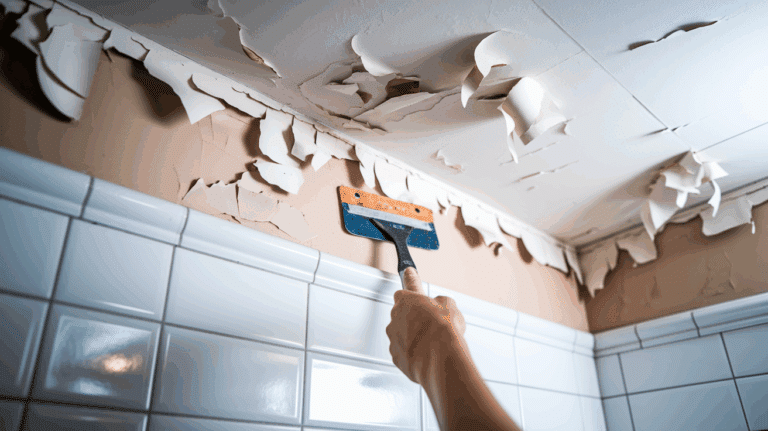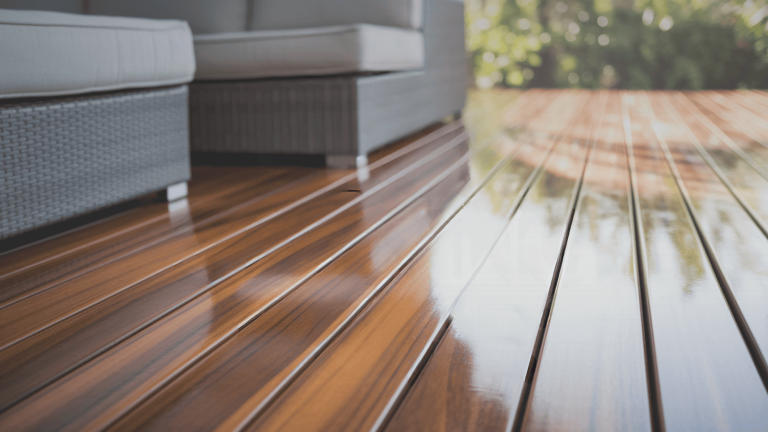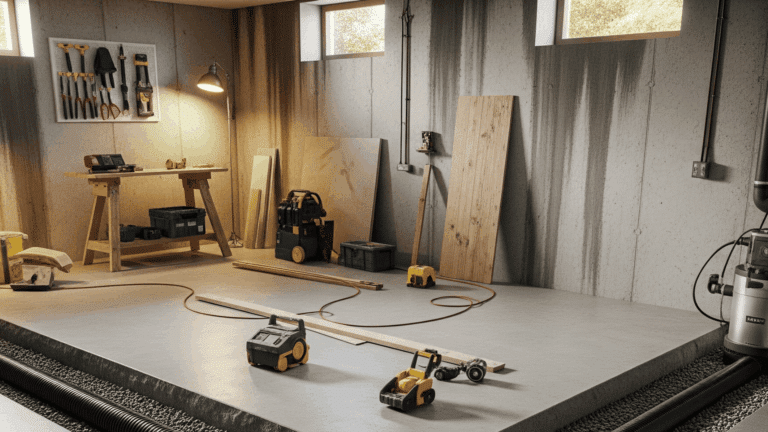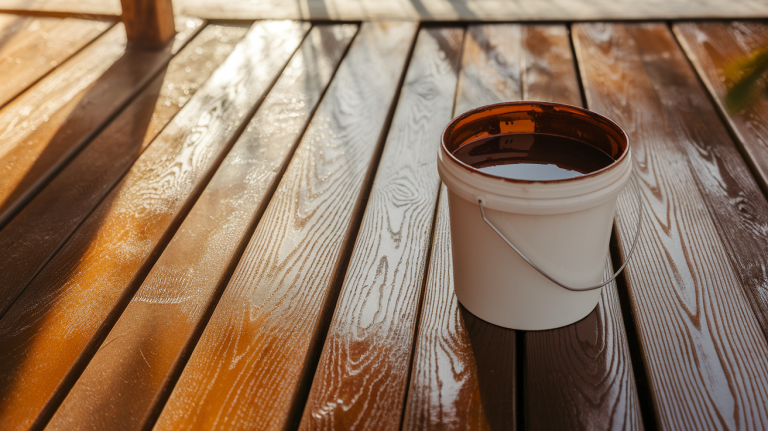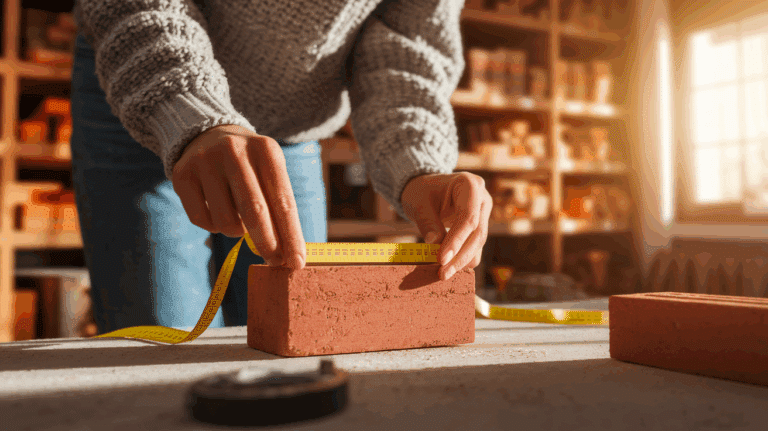Utility Brick Size, Dimensions, Uses, and Benefits
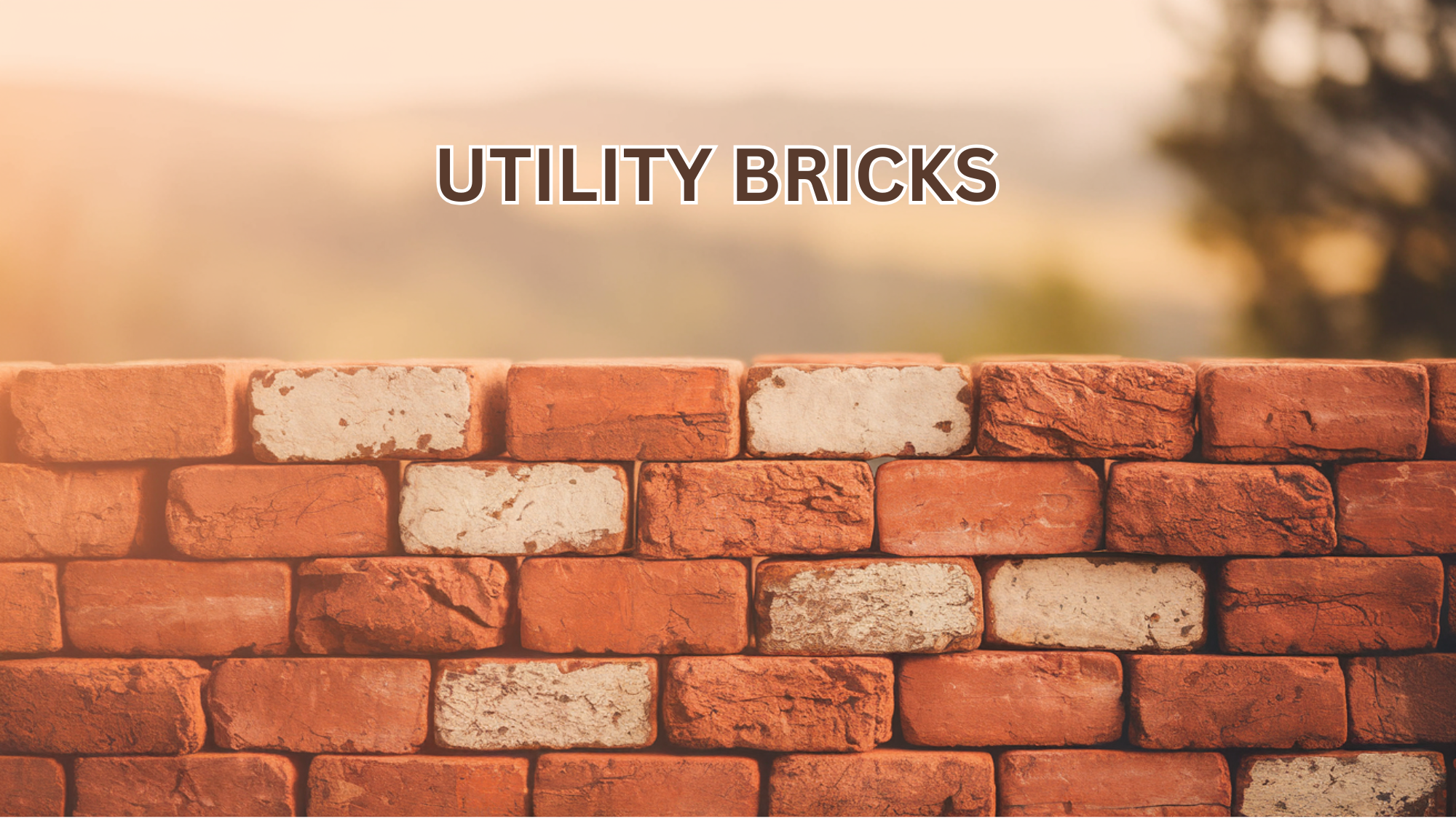
Ever wondered about those larger bricks that create such beautiful patios and driveways? Utility-size bricks are designed with specific dimensions for good reason.
Understanding utility brick measurements makes a significant difference when planning your outdoor projects.
At roughly 4 x 2⅔ x 8 inches, they’re about an inch longer than standard bricks, creating fewer joints and more stable surfaces.
This blog covers everything you need to know about utility bricks, from their practical benefits to their versatile applications in walkways, patios, and garden features.
Familiarizing yourself with these special-sized bricks now will save you time, money, and effort while upgrading the look of your next landscaping or construction project.
Understanding Bricks
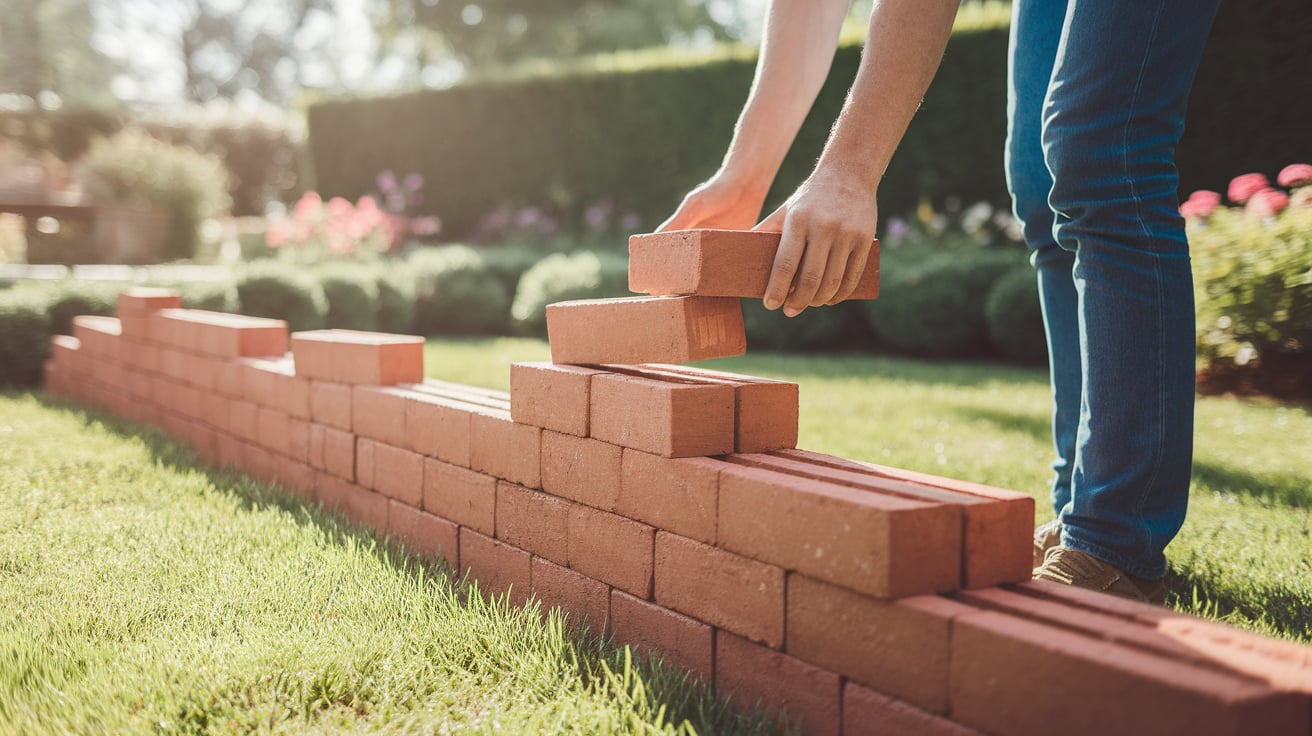
Bricks have served as a fundamental building material for thousands of years, combining durability with versatility.
These rectangular blocks, typically made from clay, undergo forming and kiln-firing to create strong, long-lasting construction elements.
The manufacturing process determines a brick’s strength, color, and texture. Clay composition and firing temperature produce variations ranging from pale yellow to deep red, reflecting differences in density and weather resistance.
While traditional clay bricks remain common, today’s market includes concrete, fly ash, and other alternatives for specific construction needs, each with unique properties suited to different applications.
Overview of Utility Brick Sizes
| Brick Type | Size (inches) | Size (millimeters) |
|---|---|---|
| Modular Brick | 3-5/8 x 2-1/4 x 7-5/8 | 92 x 57 x 194 |
| Queen Brick | 3 x 2-3/4 x 9 | 76 x 70 x 229 |
| King Brick | 3 x 2-5/8 x 9-5/8 | 76 x 67 x 244 |
| Norman Brick | 3-5/8 x 2-1/4 x 11-5/8 | 92 x 57 x 295 |
| Utility Brick | 3-5/8 x 3-5/8 x 11-5/8 | 92 x 92 x 295 |
| Closure Brick | ~3-5/8 x ~3-5/8 x ~7-5/8 | ~92 x ~92 x ~194 |
| Roman Brick | 3-5/8 x 1-5/8 x 11-5/8 | 92 x 41 x 295 |
| Jumbo Brick | ~3-5/8 x ~2-3/4 x ~7-5/8 | ~92 x ~70 x ~194 |
| Engineer Modular Brick | ~3-5/8 x ~2-13/16 x ~7-5/8 | ~92 x ~71 x ~194 |
| Engineer Norman Brick | ~3-5/8 x ~2-13/16 x ~11-5/8 | ~92 x ~71 x ~295 |
Types and Uses of Bricks
Below are the most common types of standard bricks used in construction. Each brick type offers unique dimensions and benefits suited for different projects.
1. Modular Brick
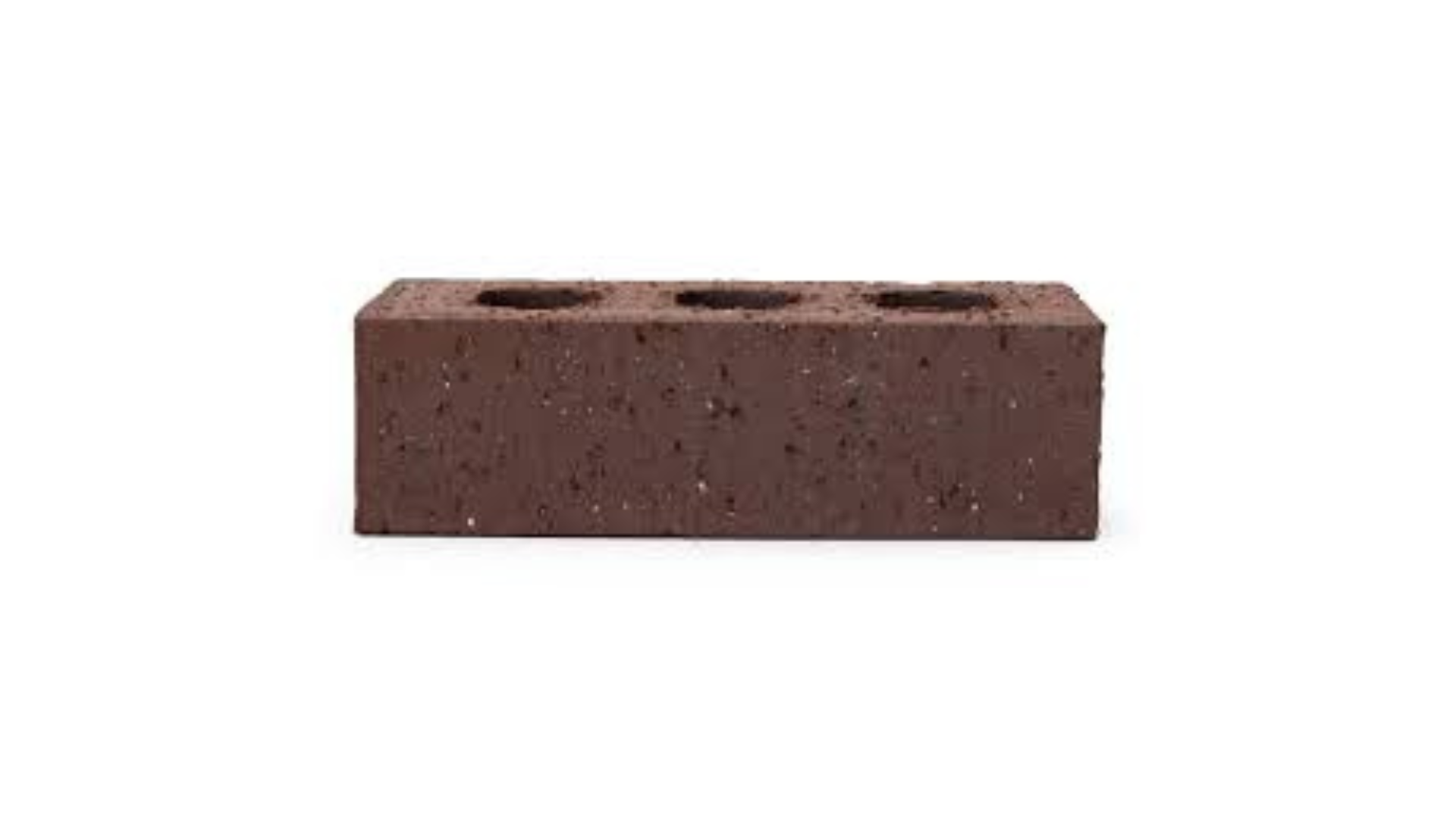
Modular bricks are among the most commonly used bricks in construction. Their standardized dimensions make them easy to handle, transport, and lay.
They’re designed to work well with mortar joints and modular construction layouts.
Uses:
- Residential and commercial walls
- Load-bearing and non-load-bearing structures
- Interior and exterior walls
2. Queen Brick
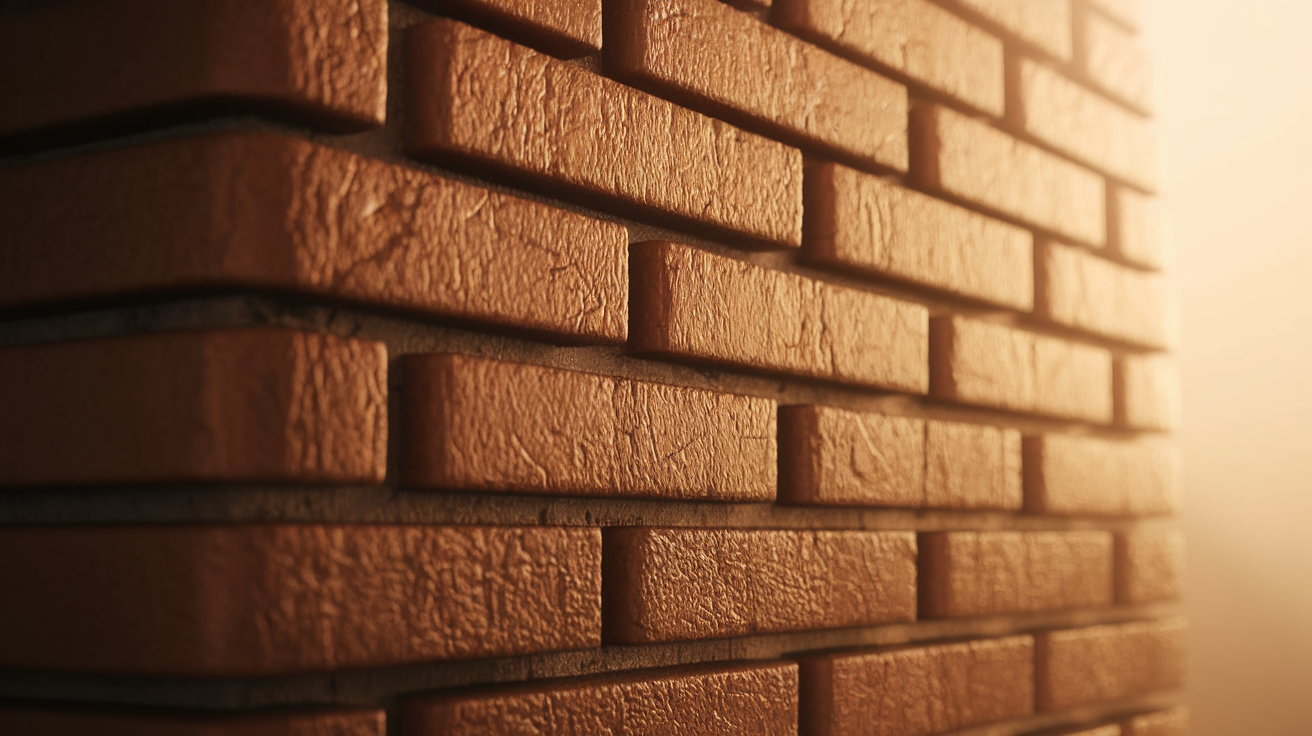
Queen bricks are taller than modular bricks, allowing for fewer joints and a sleeker look. They are often used for visual purposes in residential and commercial settings.
Uses:
- Decorative faces
- Thin wall construction
- Accent walls and columns
3. King Brick
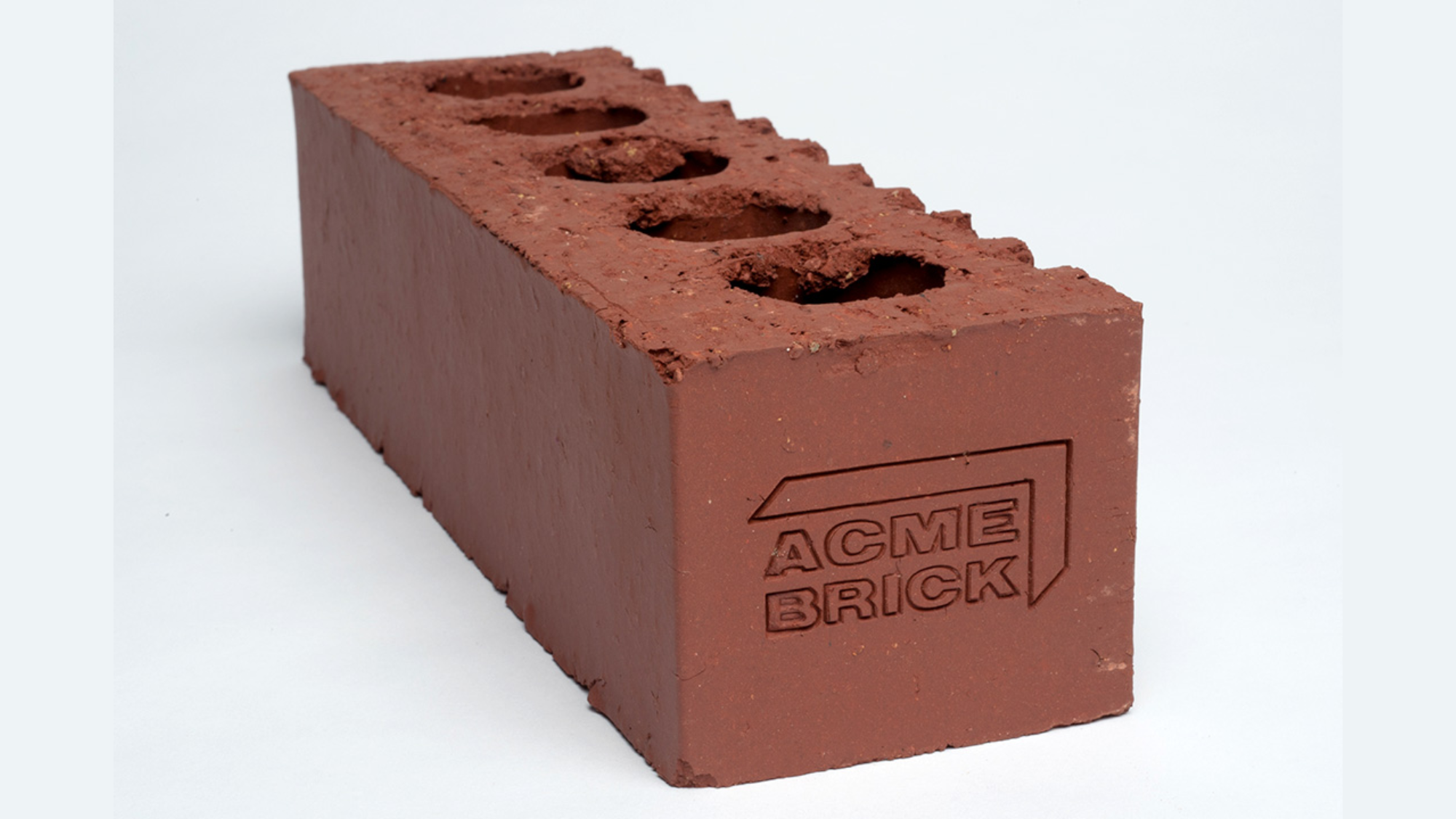
King bricks are larger than standard bricks, making them efficient for large-scale construction. They require fewer bricks per square foot, which can reduce labor costs.
Uses:
- Large wall areas
- Commercial construction
- Fast-track building projects
4. Norman Brick
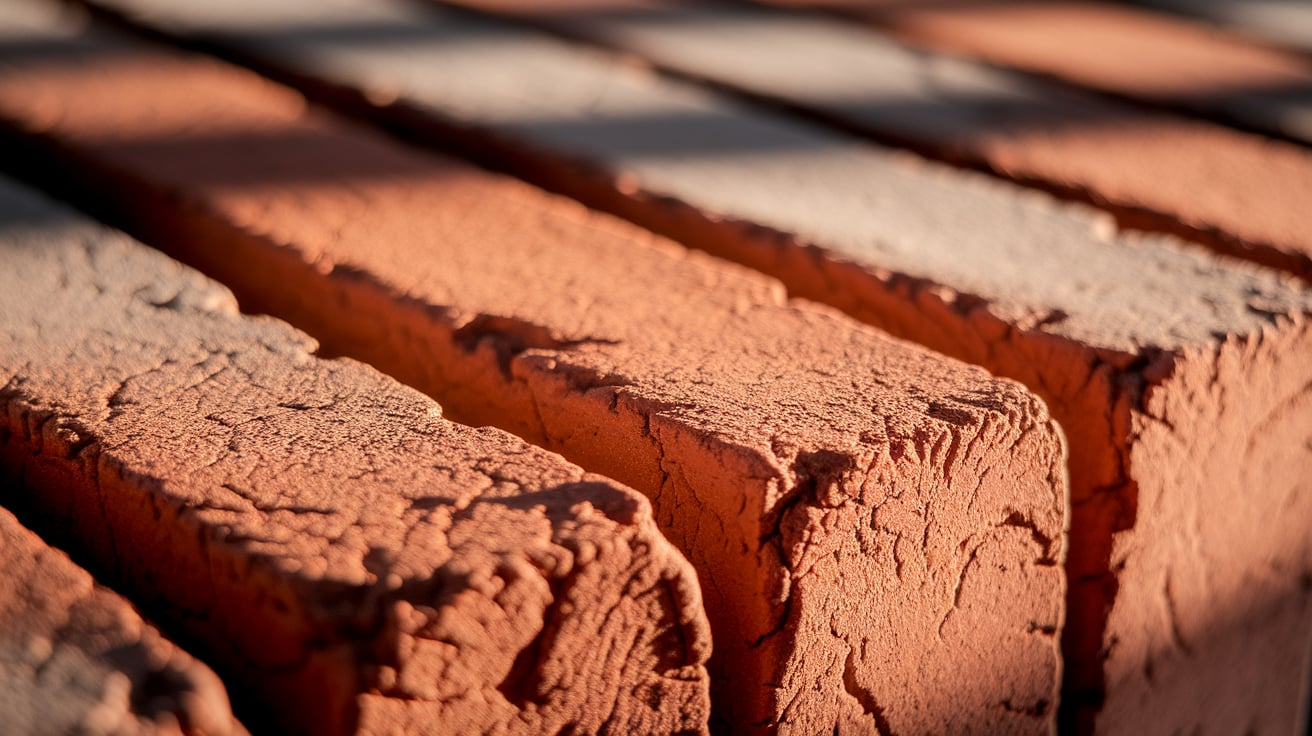
Norman bricks are longer and narrower, giving buildings a streamlined and modern appearance. They’re often used in design for visual appeal.
Uses:
- Horizontal pattern walls
- Structure facades
- Decorative banding
5. Utility Brick
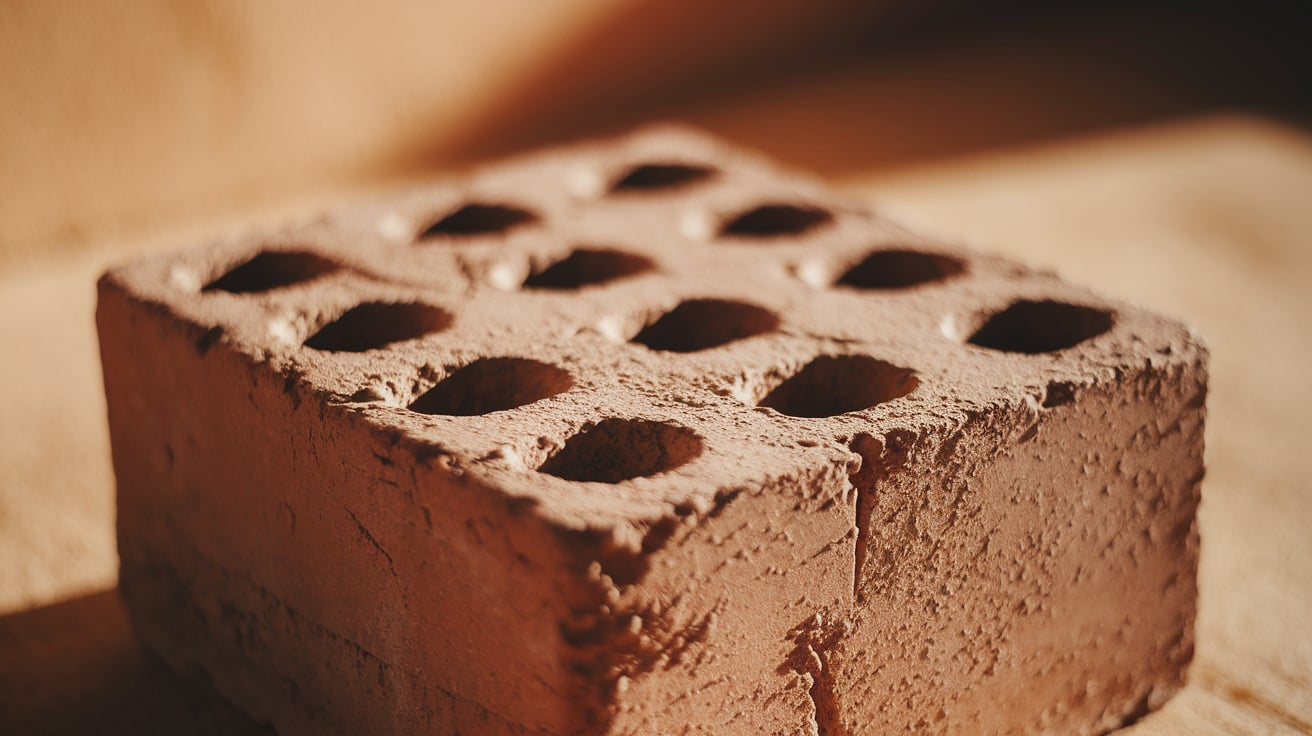
Utility bricks are large, rectangular bricks used mainly in commercial buildings. Their size reduces the number of joints and speeds up construction.
Uses:
- Commercial and institutional buildings
- Large-scale masonry projects
- Industrial applications
6. Closure Brick
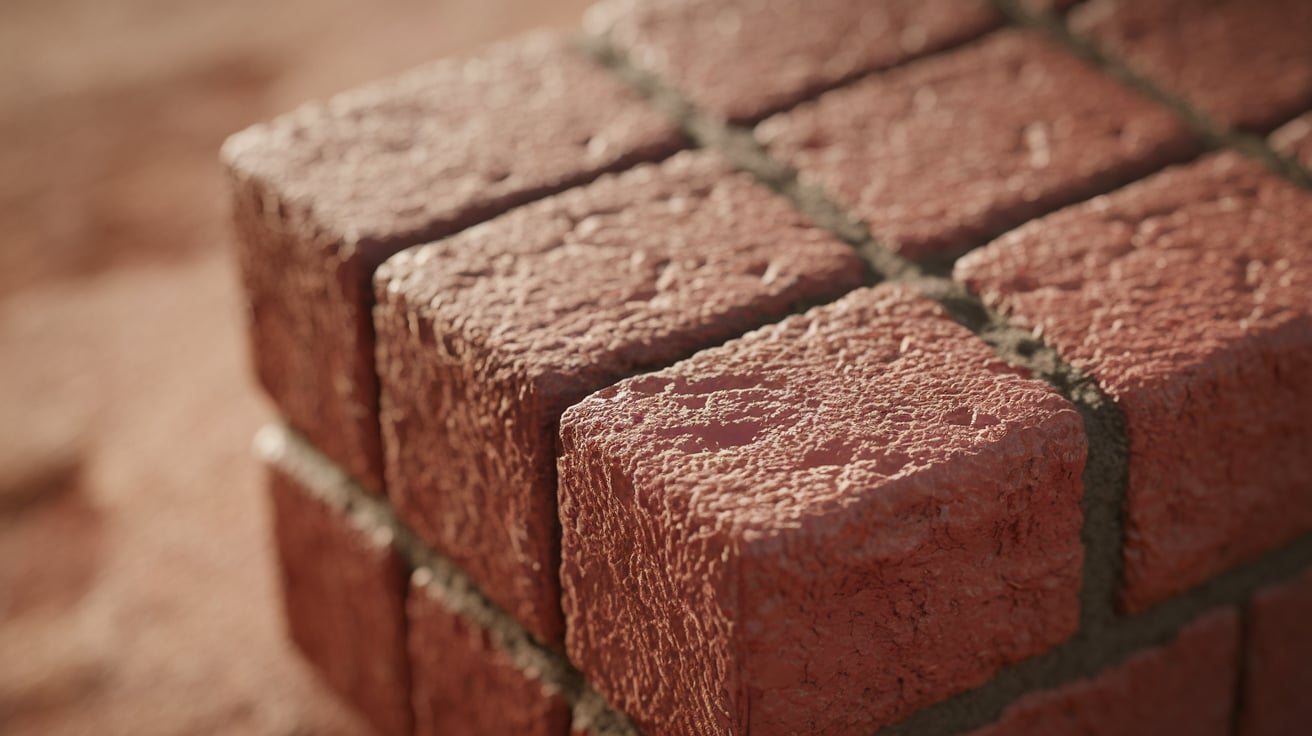
Closure bricks are typically used to fill gaps or complete a bond pattern, which are often used in combination with other bricks to achieve design continuity.
Uses:
- Wall terminations
- Bond pattern adjustments
- Decorative or finishing elements
7. Roman Brick
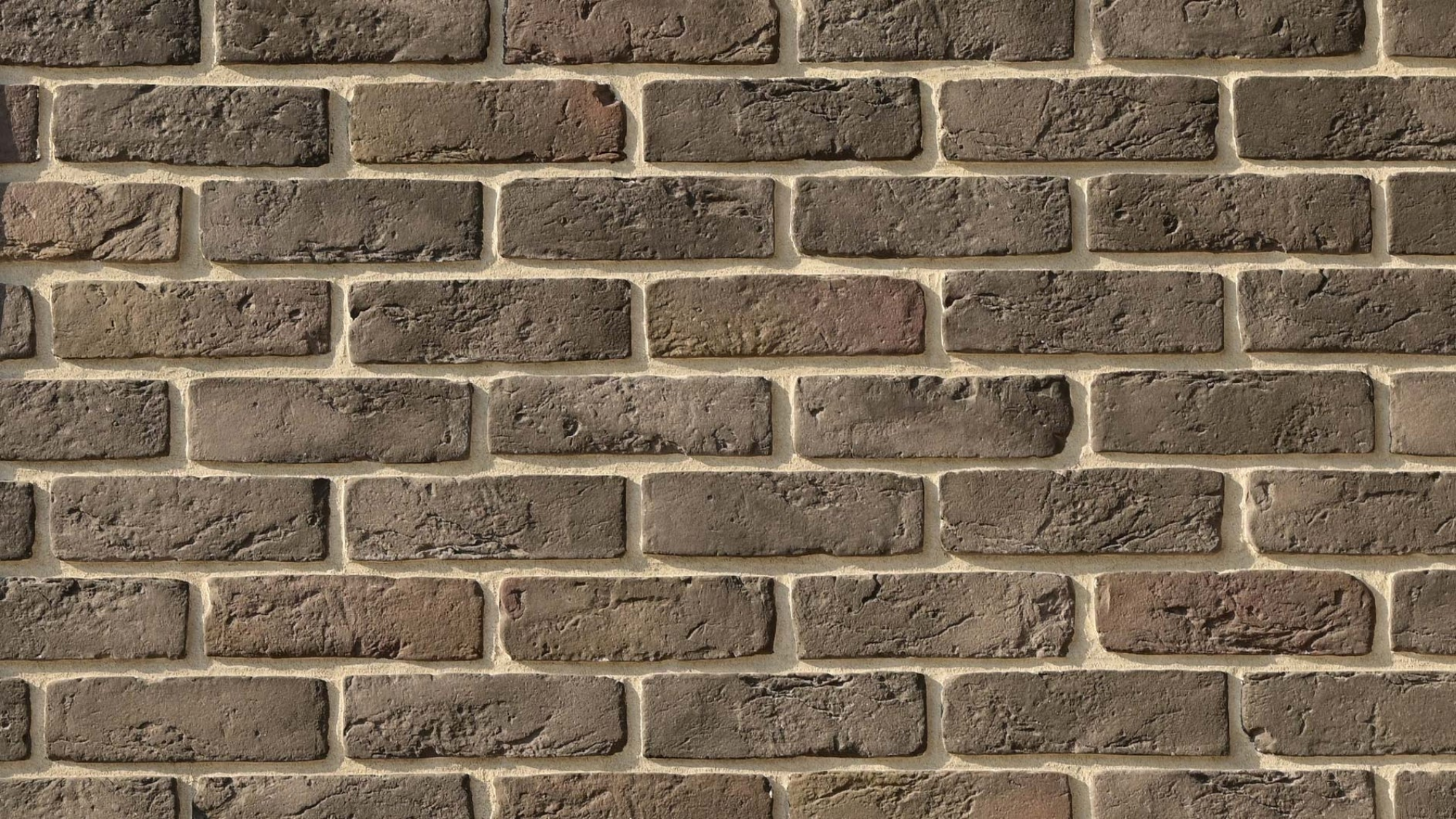
Roman bricks are long and flat, offering a distinct horizontal emphasis that is often used in design or historical-style buildings for their classical look.
Uses:
- Restoration projects
- Horizontal pattern design
- Decorative walls
8. Jumbo Brick
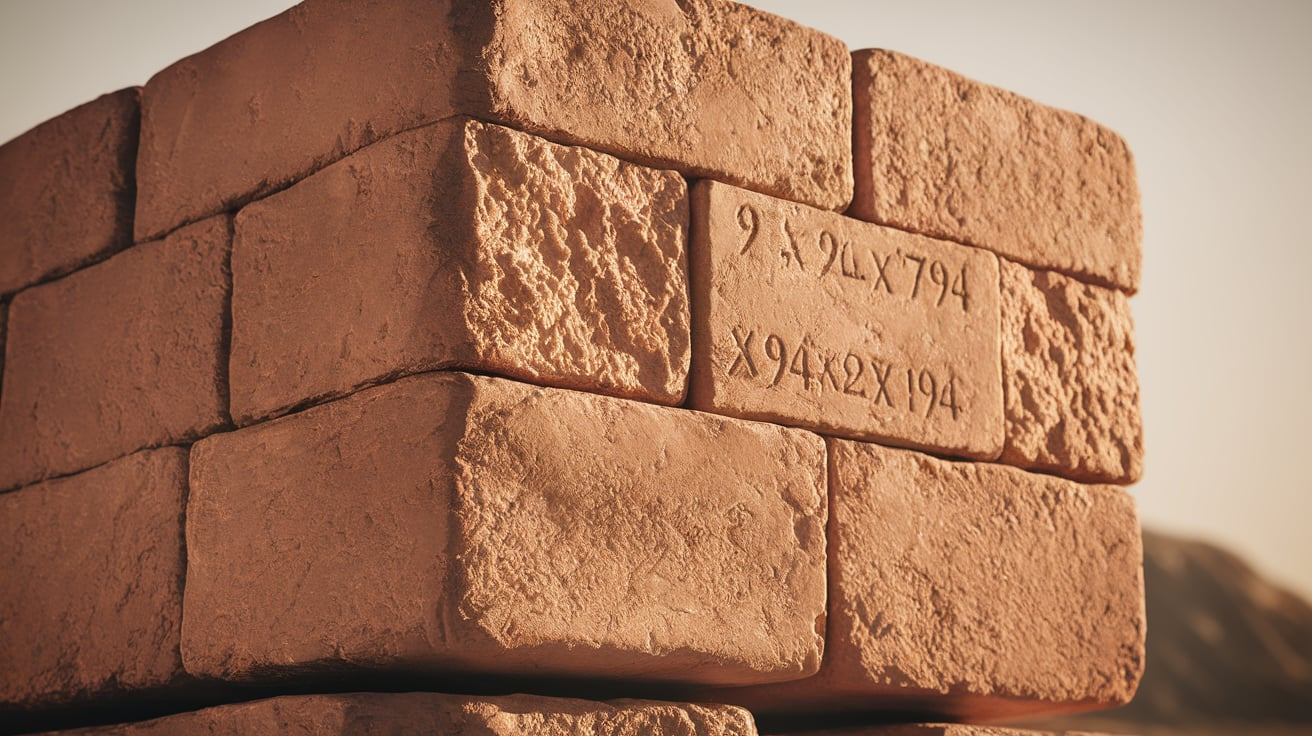
Jumbo bricks are oversized bricks designed to cover more area with fewer units, which helps to reduce labor and construction time.
Uses:
- Industrial or warehouse walls
- Cost-effective large projects
- Exterior facades requiring durability
9. Engineer Modular Brick
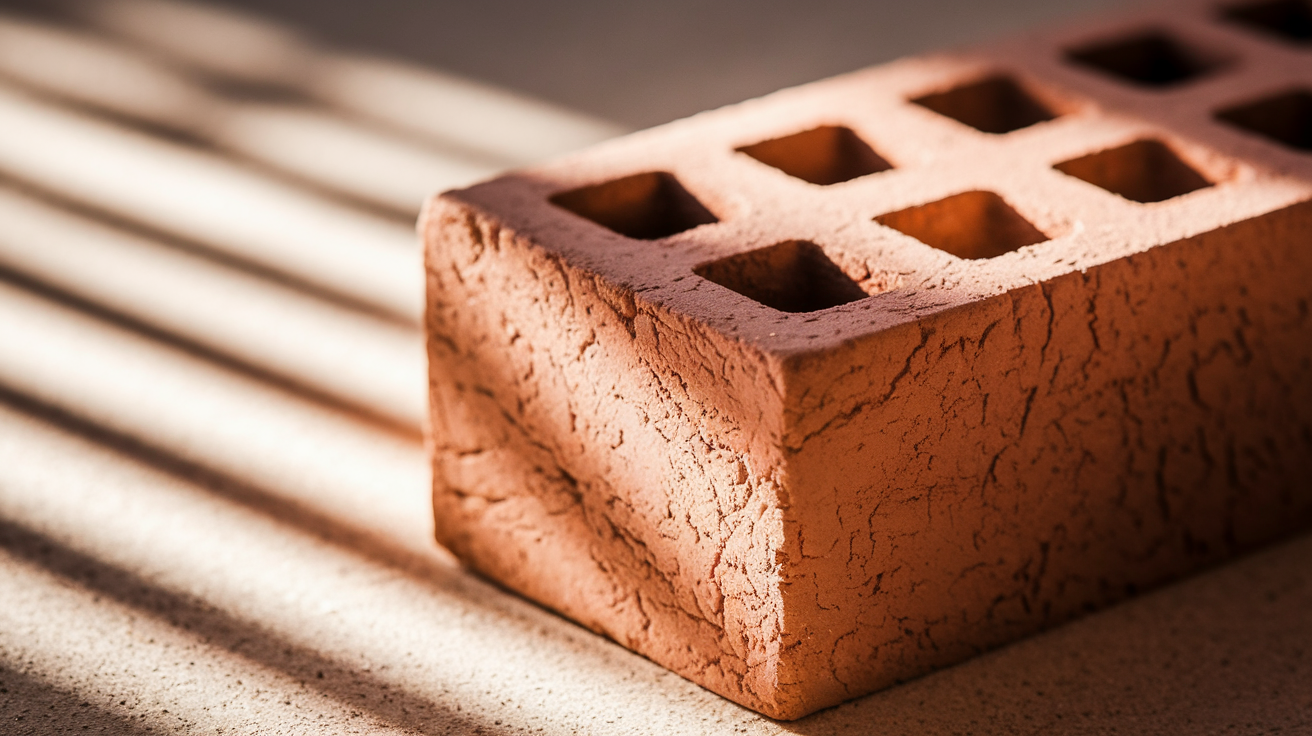
Engineer modular bricks are slightly taller than standard modular bricks. They offer added strength and durability, making them ideal for structural applications.
Uses:
- Load-bearing walls
- Pavements and roads
- Retaining structures
10. Engineer Norman Brick
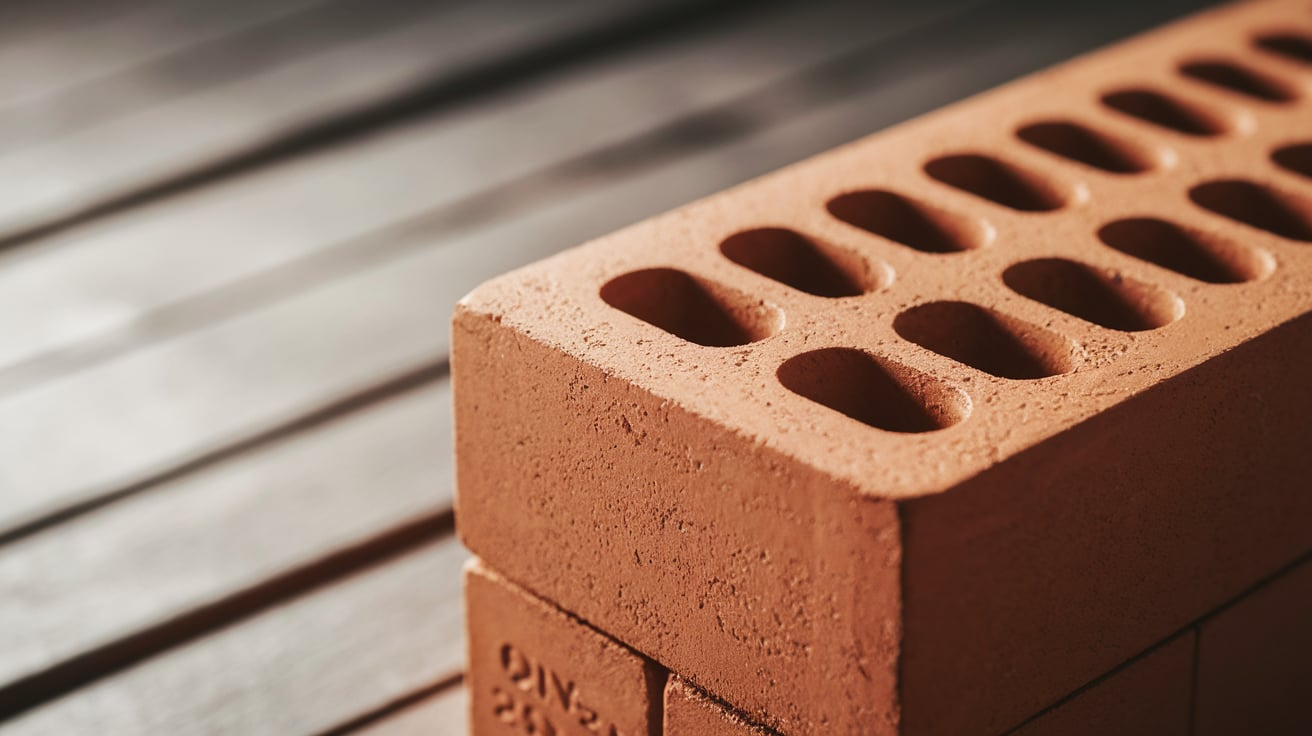
Similar in length to Norman bricks, these are built to engineering standards for added strength. They’re suitable for both design and functionality in construction.
Uses:
- Structural masonry
- Long-span walls
- Decorative and durable facades
How to Use Utility Size Bricks
Maximizing the benefits of utility-size bricks requires proper planning and installation techniques to ensure lasting results that showcase their unique advantages.
- Plan Your Project: Measure your area carefully and calculate the materials needed. Utility bricks (typically 4 x 2⅔ x 8 inches) cover more area per brick than standard sizes, so adjust your quantities accordingly.
- Prepare the Base: Create a solid foundation with 4-6 inches of compacted gravel, followed by 1-2 inches of leveled sand. For driveways, consider a deeper base for added stability.
- Choose Your Pattern: Select a laying pattern that works with utility dimensions. Popular options include running bond, herringbone, and basketweave. The larger size works particularly well for herringbone patterns.
- Installation Process: Start from a fixed edge or use string lines to maintain straight rows. Place bricks with approximately ¼-inch gaps for sand joints. Use a rubber mallet to set bricks firmly in the sand base.
- Finish the Surface: Spread fine jointing sand over the surface and sweep into joints. Use a plate compactor to vibrate the surface, settling the bricks into place. Apply additional sand as needed until joints are filled.
- Edge Restraints: Install edge restraints if not already in place to prevent the outer bricks from shifting over time. Options include plastic edging, concrete curbing, or partially buried landscape timbers.
Difference Between Utility and Standard Bricks
| Feature | Utility Brick | Standard Brick (Modular Brick) |
|---|---|---|
| Dimensions (inches) | 3-5/8 x 3-5/8 x 11-5/8 | 3-5/8 x 2-1/4 x 7-5/8 |
| Dimensions (mm) | 92 x 92 x 295 | 92 x 57 x 194 |
| Size Category | Larger (Industrial/Commercial use) | Standard (Residential and Commercial) |
| Bricks per Sq. Ft. | Approximately 3 bricks | Approximately 6.75 bricks |
| Weight | Heavier | Lighter |
| Appearance | Bigger, bolder appearance | More compact and uniform |
| Common Uses | Commercial, institutional, industrial buildings | Residential buildings, general construction |
| Labor Efficiency | Fewer bricks needed; faster installation | More bricks needed; more detailed work |
| Cost Efficiency | Reduces labor costs for large areas | More economical for small to medium projects |
| Structural Application | Often used in structural or large-scale masonry | Used in load-bearing and non-load-bearing walls |
Benefits of Utility Bricks
Bricks are more than just building blocks—they’re a timeless solution for strong and beautiful structures. Look at the key benefits that make bricks a top choice for modern construction.
- Faster Installation: Larger brick sizes, like utility bricks, cover more area per unit, reducing the number of bricks required and speeding up the construction process—ideal for large-scale projects.
- Cost Efficiency: Bricks—especially in larger formats—help reduce overall construction costs by requiring fewer units and less labor for installation while still delivering long-term durability.
- Improved Structural Stability: Bricks provide excellent compressive strength and structural integrity, making them ideal for load-bearing applications and tough performance in demanding environments.
- Versatile Design Options: Available in a range of sizes, colors, textures, and patterns, bricks offer unmatched flexibility for design and designers to create both traditional and modern aesthetics.
- Weather Resistance: Bricks naturally resist wind, rain, and temperature extremes, making them suitable for various climates while maintaining their appearance and strength over time.
- Low Maintenance Requirements: Unlike other materials that may warp, rot, or fade, bricks retain their form and color with minimal upkeep, reducing long-term maintenance costs and effort.
Final Thoughts
Utility-size bricks offer a smart mix of efficiency and strength, making them ideal for both construction and landscaping projects.
Their larger size means fewer bricks are needed, saving time and labor during installation.
Beyond practicality, these bricks add bold visual appeal to any structure. They’re perfect for commercial builds or projects that demand durability without sacrificing style.
If you’re planning a new build or weighing material options, knowing the advantages of utility bricks helps you make confident, informed choices for long-lasting results.
Ready to change your outdoor space with utility-size bricks? Contact your local masonry supplier today to get personalized recommendations for your next project!

